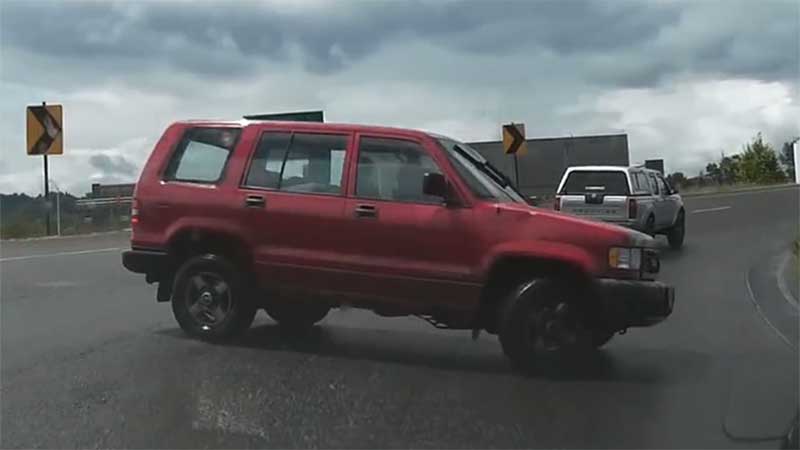Modern cars include a lot of electronically controlled safety features that are capable of some pretty amazing things. Things that most people don’t know about, much less understand. But, we think it’s important to have an understanding of these features, how they work, what they do for you, and what they CAN’T do for you.
Stability Control (ESC, DSP or DSC)
Electronic Stability Control (ESC) or Dynamic Stability Program (DSP) or Dynaic Stability Control (DSC) and possibly some other proprietary names used by various manufacturers all refer to “Stability Control”. It uses various vehicle sensors including the ABS wheel speed sensors, a yaw (rotation) sensor, steering wheel angle, and throttle position to determine if the driver is beginning to lose control of the vehicle. When that happens, the system does its best to keep the vehicle pointed in the desired direction by applying individual brakes and reducing engine output. Even the systems found on lower-priced cars are actually VERY effective. Stability control is GOOD STUFF! But, it does not repeal the laws of physics. Yes, you CAN still lose control of the car in certain situations. So, don’t let it make you feel invincible.
Stability control is GOOD STUFF! But, it does not repeal the laws of physics. Yes, you CAN still lose control of the car in certain situations. So, don’t let it make you feel invincible.
You can check for ESC in a pre-2012 car just like you check for ABS. Turn on the car, and look for the appropriate light. (you may need to consult your owner’s manual to learn what that light looks like) Cars with ESC will often have a button on the dash to disable either Traction Control or Stability Control (or both).
You’ll very rarely notice ESC in operation. If you have the experience to know what it feels like when the rear of your car begins to slide out, you might feel that “almost” happen, and then correct itself. If you’re doing something like making a right turn from a stop on a wet road and accelerate too quickly, you might possibly feel your power being restricted (and see the yellow light on your dashboard warning you of your condition) as the system prevents you from applying more power than the tires can handle.
Traction Control System (TCS)
Modern traction control is usually part of the stability control system. On older cars, it might be a much simpler system that simply detects when the engine accelerates quicker than it is possible for the car to accelerate, and reduces power to regain traction. Either way, the goal is the same: to allow the driver to get the car moving without excessive wheel spin in slippery conditions.
You can definitely notice traction control if you try to accelerate from a stop too quickly on a wet road. The system will reduce power as much as it must to prevent wheel spin.
You can definitely notice traction control if you try to accelerate from a stop too quickly on a wet road. The system will reduce power as much as it must to prevent wheel spin. You might feel as if you’re not accelerating at all and think the car is broken. But, if you’re sharp, you’ll also see the yellow light flickering on your dashboard telling you what’s going on. Yes, traction control is GOOD STUFF. Without it, you’d just sit there and spin your tires and go nowhere. Just understand that as a driver, you should be trying to drive in a manner that does NOT engage the traction control.
If you have traction control button, it will disable traction control. (check your owner’s manual) It will usually NOT disable stability control, only the traction control feature. Why would it allow that, and why would you want to do it? Well, in Florida, we’re not likely to use it much. But, maybe you found a dirt road or a dirt driveway, and managed to get stuck in sand or mud? That would be very much like starting from a stop on snow or ice. Traction control will remove ALL of your power as soon as it detects a wheel spinning just a little bit. In that instance, if you turn off the traction control, you’ll be able to get the car moving by accelerating GENTLY, accepting a little bit of wheel spin, and getting the car moving.
